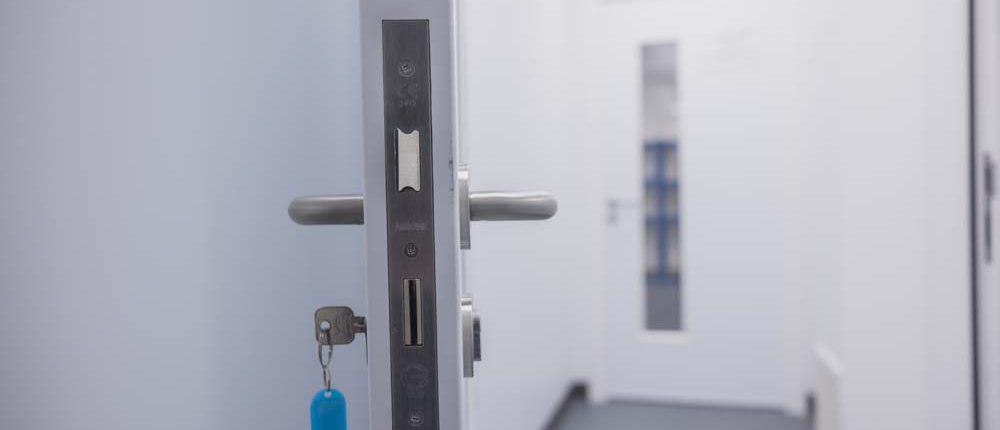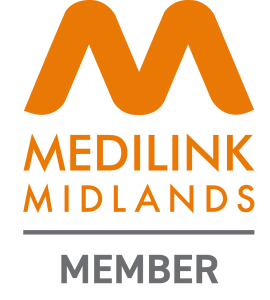Cleanrooms in Pharmaceutical Production
This guide serves as a central reference point for developing cleanrooms for pharmaceutical production, covering everything from cleanroom standards and optimal facility layouts to critical environmental controls, contamination prevention strategies, and proven best practices.
Each section provides direct access to in-depth articles and case studies, enabling readers to explore each topic with precision and operational insight. Whether you’re designing a new facility or optimising an existing one, this guide is designed to support informed, compliant, and contamination-free pharmaceutical production.
Contents:
- Cleanrooms and Pharmaceutical Manufacturing
- Standards
- Layouts
- Environmental Factors
- Best Practices
- Preventing Common Contaminants
- Case Studies
Cleanrooms for Pharmaceutical Manufacturing
MHRA regulations require GMP Cleanroom Environments for critical processes to ensure sterility and product safety. Critical processes include:
- Open ampoules
- Sterile processes
- Solution preparation
- Filling processes
For patient safety and product efficacy, cleanroom environments prevent contamination and material degradation.
How Do Cleanrooms Support Pharmaceutical Production?
Cleanroom Standards for Pharmaceutical Production
The standards required by the MHRA and GMP regulations depend on the type of operations in each cleanroom. The critical processes above require the highest levels of cleanliness (GMP A and B), while preparing solutions and handling components prior to sterilisation can be carried out in Grade C spaces, and initial handling requires only Grade D. All four grades are required in most pharmaceutical cleanrooms to create a flow through the facility that prevents contamination.
More about Cleanroom Classification
More About Pharmaceutical Cleanrooms
Layouts, Zones and Air Pressure Flows
The layout of a pharmaceutical facility should help manufacturing run smoothly, from the entrance to the most critical areas, while minimising contamination. Designing efficient layouts that fit a required process within the available space can be challenging when it comes to a cleanroom design and build project.
By taking a systematic approach, cleanroom designers can create layouts that accommodate a logical flow through multiple ISO class cleanrooms, with appropriate anterooms, airlocks and HVAC equipment.
The highest graded zone, Grade A, is where the most critical operations are carried out. The area around this zone is Grade B, and the preceding rooms are Grade C and D. In some facilities, only C & D are required. The highest class required dictates the number of zones.
Using zones creates degrees of separation between clean areas from general-purpose areas such as offices, both physically and environmentally. Airlocks and gowning rooms will be included in the layout. This system controls who and what travels between zones and minimises the risk of contamination in critical areas.
The air pressure in each zone should be higher than the preceding zone. When doors and airlocks are open, the pressure differential causes airflow away from the cleaner area, preventing contaminants from entering.
How We Design Efficient Layouts for Pharmaceutical Production.
Environmental Factors
Cleanrooms control more than just the air quality. When we build a cleanroom, we often install controls for temperature, humidity, air pressure, lighting and more, to provide optimal conditions for the work that will be carried out.
For pharmaceutical cleanrooms, humidity and temperature are critical factors that have an impact on personnel, sensitive equipment, materials and sterility.
How Temperature and Humidity Affect Pharmaceutical Processes
Best Practices
Cleanroom training and best practices must be understood by anyone entering the cleanroom.
Best practices in sterile environments, such as pharmaceutical cleanrooms, are critical to create safe, effective products. Training should include preventative and protective steps, such as gowning procedures and acting correctly within the cleanroom.
Cleanroom personnel should remember these core areas:
- No unnecessary personal items
- No smoking, eating or drinking (including gum or medication)
- Do not touch your face or hair, or cross your arms, and do not scratch itches.
- Move slowly and minimally to avoid disrupting directional airflow
- Wash hands regularly before entering the cleanroom.
- Gowning procedures must be followed correctly each time, including gloves, overshoes, overalls, hairnets, hoods, masks and goggles as needed.
- Jewellery must be removed.
- Activities and equipment should not influence or obstruct the designed airflow.
Read More about Cleanroom Best Practices and Training

Preventing Common Contaminants
Following these best practices in pharmaceutical facilities should prevent contamination of products. The most common contaminants found in any cleanroom facility come from just a few sources.
The most common contaminants include skin cells, hair, saliva, and viral particles. These are all introduced by people. These account for approximately 80% of contaminants found during inspections. Prevent human contamination with strict gowning procedures.
Tools and exterior surfaces can also harbour bacteria, dust and corrosion, and should be cleaned and disinfected daily.
HVAC filters can occasionally leak, allowing particulate matter to flow into the cleanroom. For this reason, regular air quality monitoring and HVAC maintenance are crucial to compliance.
Transferring matter from one cleanroom to another or leaving doors open between cleanroom areas also allows cross-contamination. Proper transfer protocol should be understood by all staff and displayed clearly at entrances and exits.
The Most Common Sources of Cleanroom Contaminants
Case Studies
Examples of cleanrooms in the pharmaceutical industry can highlight features and capabilities to readers and support understanding.
Airology Systems has developed many cleanrooms and laboratories for pharmaceutical companies, as well as nutritional supplements and organic products. Our case studies highlight the scope of works done, the customisations required and the outcomes for the client.
View Pharmaceutical Cleanroom Case Studies
Find out more about our cleanroom installation service.




